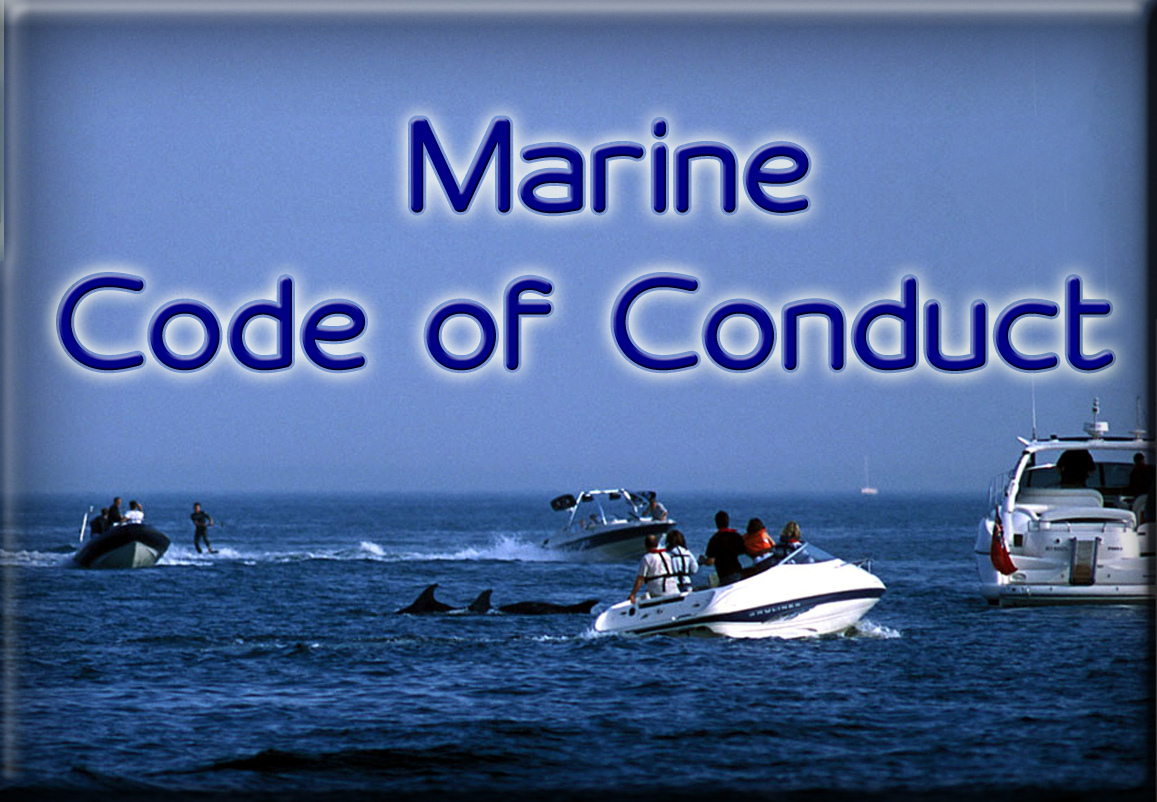Potential Use of Sightings Data for Determining Changes in Range and Abundance
Since publications of the Atlas of cetacean distribution in north-west European waters (Reid et al. 2003), many new data relating to cetacean distribution have been collected. The European Seabirds at Sea and Sea Watch databases have been augmented by data from opportunistic, generic surveys, as well as systematic, geographically targeted ones. The SCANS (Small Cetacean Abundance in the North Sea and adjacent waters) survey was repeated over a more extensive area in 2005 (SCANS-2), and survey coverage was further extended by the 2007 CODA (Cetacean Offshore Distribution Abundance) survey. The entire region was further surveyed in July 2016 (SCANS-3). In addition to these, other Europen data sets now exist that were not available for the Atlas and have enhance our knowledge.
There are several national and international instruments that would be served by an updated Atlas; however, perhaps the most appropriate legal driver is the EC Habitats Directive (HD; EEC 1992). All species of cetacean are included in Annex 4 of the Directive, which places an obligation on all European Union Member States to accord them strict protection. This carries with it the requirement to report on species conservation status every six years. Favourable conservation status (FCS) must be assessed with regard to four parameters: natural range, population size, habitat (extent and condition) and future prospects. While some flexibility is accorded to national experts, EC advice recommends the use of time series data to detect change in FCS, possibly in comparison against favourable reference values.
In 2006 a working group was established to update this cetacean data resource and produce a new atlas. It aimed to achieve this through establishment of a Joint Cetacean Protocal (JCP) rather than a static database. The JCP was to comprise standards for the integration of cetacean abundance and distribution data collected from European waters using a variety of methods. Data would be shared under a common agreement, ideally through a web-based portal demanding little maintenance, which would, if necessary, restrict access to data not in the public domain. This project received support from ASCOBANS and a growing number of European governmental and non-governmental organisations. As part of the initial phase of the project, exploratory analyses were commissioned by the UK and Ireland on a subset of data from the southern Irish Sea, which were considered representative of the eventual JCP data resource. This was then extended to the entire west coast and finally to all of UK and adjacent waters, with a final report published in 2016 (Paxton et al., 2016).
The aim of that study was to determine how a diversity of data types might be integrated and what power the final data resources might have to detect trends in range and abundance.
A five-year research programme called the Marine Ecosystems Research Programme (MERP) involving many research institutions was initiated in 2014 with funding from the UK Natural Environment Research Council and Defra. Sea Watch Foundation was a partner in this programme, leading on developing distribution maps for cetaceans and seabirds throughout NW European Seas, in collaboration with Bangor University. The aim is for these to be published in due course in the form of a new Atlas. Meanwile, the methodology along with some summary maps have been published in the Journal of Applied Ecology in 2019 (see Waggitt et al., 2019 in the Publications list).
In 2019, the Joint Nature Conservation Committee established a Joint Cetacean Database Programme (JCDP) to progress this project, and build upon the efforts of MERP, working with Sea Watch and Bangor University.
























